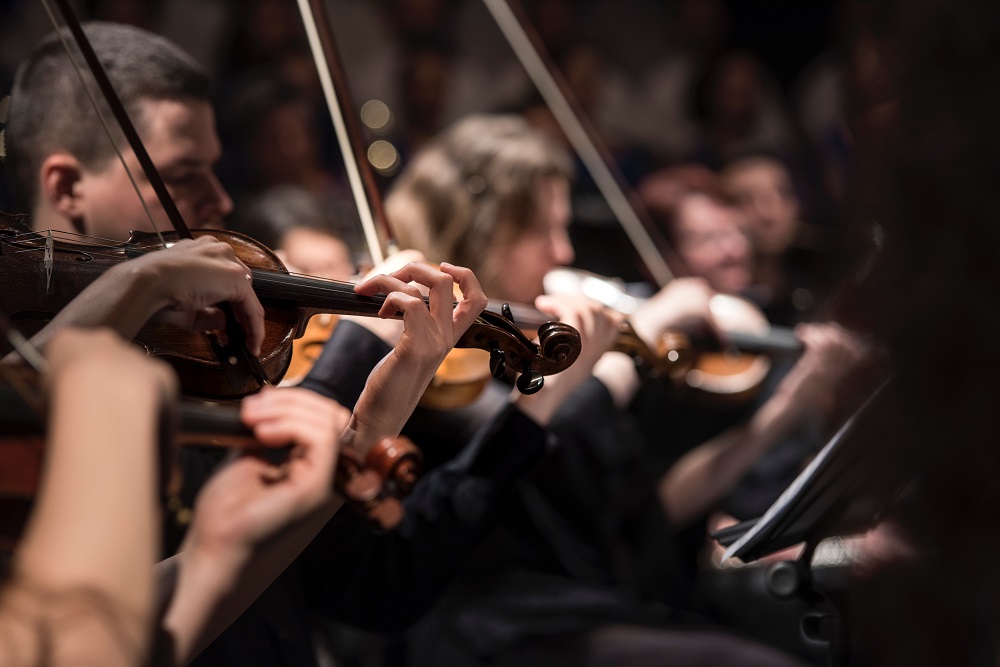
Photo: Larisa Birta on Unsplash
EBacc blamed for growing gender imbalance in GCSE choices
Female entries for GCSE music outnumbered those from males by almost 4,000 in 2017/18, compared to just 764 five years ago.
Gender stereotypes in GCSE entries across a swathe of arts subjects have been reinforced over the past five years, new analysis by ArtsProfessional has revealed.
The most striking trend is the emergen...
Subscribe to read more
Get unlimited access to the latest news, features and opinion from the arts, culture and heritage sectors
Already subscribed? Log in
Usually have access through your university?
Join the Discussion
You must be logged in to post a comment.